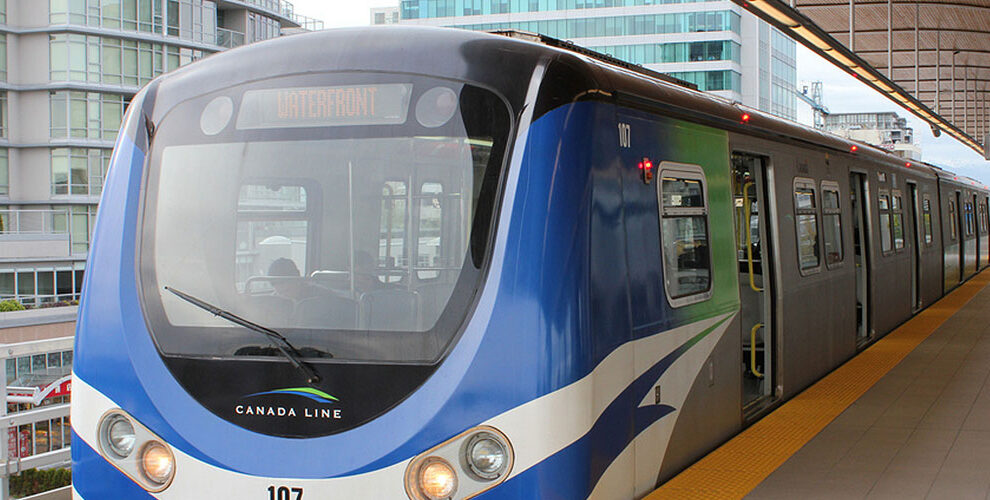
In an era where technology and innovation are at the heart of progress, Metro Vancouver’s 14-year-old Canada Line is getting a digital overhaul en route to the future of railway infrastructure.
The Canada Line, a testament to modern urban transportation, has been a game-changer for Vancouver since its construction for the 2010 Olympics. It has maintained a record of 99.9% availability and 99.8% punctuality, making it a standout among North American rapid transit lines.
Facing increased ridership, aging infrastructure, and a heightened need for maintenance, the Canada Line is now due for a digital renaissance.
Engineering giant SNC-Lavalin has embarked on the journey of implementing digital twin technology to the Canada Line. This initiative, a first-of-its-kind for passenger rail in North America, aims to enhance the line’s operational efficiency and sustainability.
The digital twin technology, introduced in 2021 by SNC-Lavalin’s tri-continent team, has created a data-driven digital replica of the Canada Line. This simulation model integrates drones, train-mounted scanners, and remote sensors to capture critical data from key assets. Data is then used to streamline maintenance, improve safety, and optimize passenger flow.
The digital twin’s power lies in its ability to collect and scrutinize data beyond human capacity, offering real-time visibility of the line’s assets in a 3D virtual environment. This high-tech system automates inspections and informs decision-making, predicting asset failure and optimal replacement time through machine learning.
With the digital replica of the Canada Line, every track, switch, signal, and siding is a storehouse of data, detailing the construction material, specifications, maintenance history, and operational importance. AI algorithms analyze and learn from this data. Deviations from the norm trigger alerts—what to do and when to do it.
The benefits of this digital overhaul are manifold, according to SNC-Lavalin: fewer disruptions for commuters, expedited maintenance, risk mitigation, and cost savings.
The journey towards a fully automated maintenance schedule began in 2021 with comprehensive scanning of the Canada Line, utilizing lidar, ultrasonic, and other sensors. Following the modelling and build-up in early 2022, data from existing sensor switches and newly developed performance-predicting algorithms were integrated into the digital twin. The SNC-Lavalin team collaborated with a mathematics professor from the UK as well as Canada Line personnel to ensure the accuracy and usability of the data and analytics in real time.
The next phase of this project involves setting up data streams and AI analytics for all of the line’s assets, the company says.
By integrating technology with railway infrastructure, SNC-Lavalin showcases through the Canada Line possibilities for the future of low-friction and environmentally conscious urban transportation.
Another digital twin project occurring in the region relates to Vancouver International Airport. In 2021 YVR launched an Innovation Hub that spurred a strategic collaboration with Unity, platform for creating interactive, real-time 3D content, to produce a twin to capture and present data which “has never been available before.”

Leave a Reply